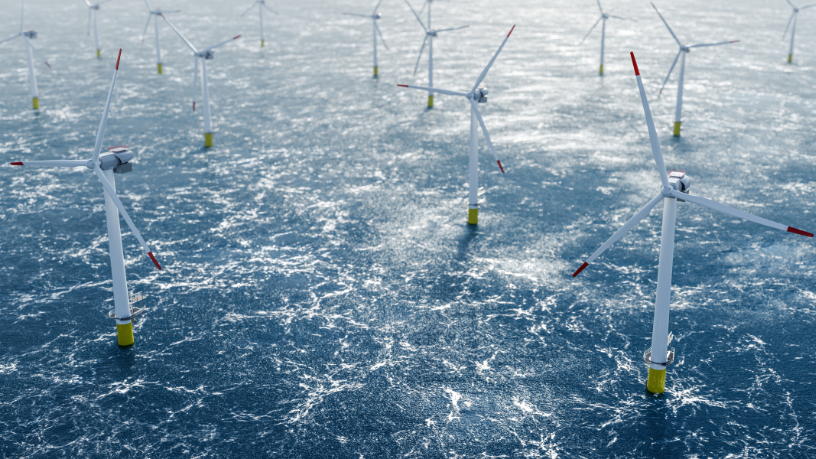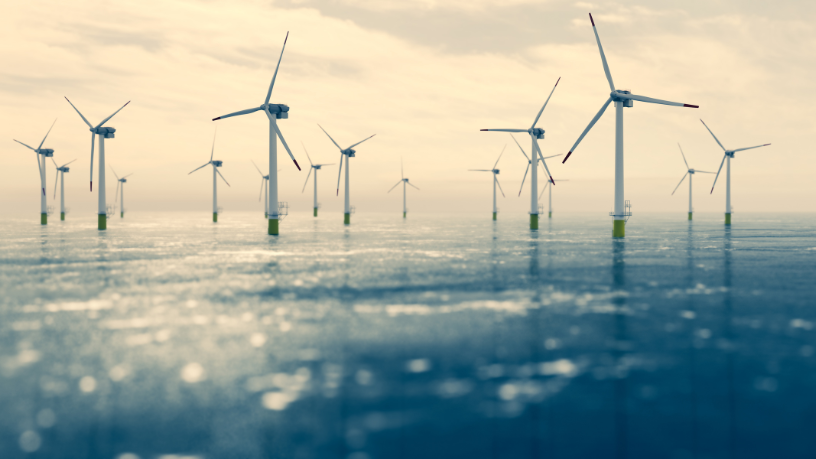Oceans cover over 70% of the Earth’s surface and hold enormous untapped energy potential, as highlighted by Fernando Trabach Filho, a business administrator. It is possible to generate energy by harnessing the natural movement of water.
Thus, tidal and wave energy emerges as a sustainable alternative to reduce dependence on fossil fuels and decrease pollutant emissions. With this in mind, let’s explore how this technology works, its benefits, and the challenges that still need to be overcome.
How Can Tidal and Wave Energy Be Harnessed?
Tidal energy is generated from the rising and falling movement of sea waters, caused by the gravitational forces of the Moon and the Sun. Tidal power plants use dams and turbines installed in coastal areas to capture this movement and convert it into electricity, according to Fernando Trabach Filho. Wave energy, on the other hand, is obtained through floating or fixed devices in the sea that absorb the ebb and flow of waves and transform this mechanical energy into electrical energy.
Both technologies have the advantage of being predictable, as tides follow known natural cycles. Additionally, this form of energy generation does not emit pollutants, contributing to reduced environmental impact. However, the installation of these systems still faces challenges, such as high initial costs and the need for locations with specific tidal and wave conditions.
The Main Technologies Used
Currently, there are different types of equipment to capture tidal and wave energy. For tides, the most common systems are dams with turbines, which operate similarly to hydroelectric plants but on a smaller scale, as mentioned by business administrator Fernando Trabach Filho. For waves, devices like oscillating water columns and wave energy converters are the most utilized, capturing both the vertical and horizontal movement of water.

Another developing technology is underwater generators, which function like wind turbines but are installed on the seabed to harness ocean currents. These systems are still in the testing phase but show great potential for becoming more efficient in the future. Ultimately, the evolution of these technologies could make ocean energy a viable large-scale option.
What Are the Benefits and Challenges of This Energy Source?
According to Fernando Trabach Filho, tidal and wave energy is a clean and renewable source that does not rely on fuel combustion and does not emit greenhouse gases. Furthermore, it is more predictable than other renewable sources, such as wind and solar energy, since tides follow regular natural cycles. This predictability facilitates energy production planning and integration with the electrical grid.
On the downside, installation and maintenance costs remain high, limiting its expansion. Additionally, the necessary infrastructure can also impact marine ecosystems, requiring careful studies before implementation. However, despite these challenges, investments in research and development could make this technology more accessible and efficient in the coming years.
A Promising Future for Ocean Energy
In summary, generating energy from tides and waves represents a sustainable and promising alternative for a cleaner future. With advancements in technology and cost reductions, this energy source could become an important part of the global energy matrix. Thus, while challenges remain, the potential of the oceans to provide renewable energy is vast and deserves attention.
Author: Halabeth Gallavan






